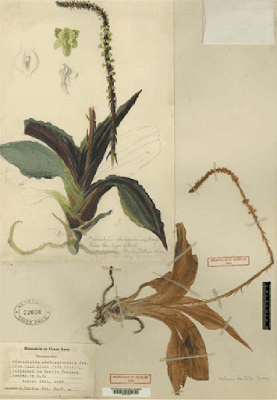ORMOND BEACH -- In the late 1700s, plantation owner Richard Oswald used his British land grant for thousands of acres in Volusia and Flagler counties to produce sugar, rum, indigo, molasses and oranges.
One of his slaves died in her mid-30s, her body wasting away to a skeleton that eventually washed ashore at what’s now Tomoka State Park.
The discovery of her skull 28 years ago and other bones in ensuing years put state medical examiners on a hunt for more information. Finally, nearly 300 years after she lived, investigators have confirmed she probably was a slave who worked at the Mount Oswald Plantation.
“Miss Oswald,” as she has been named, will receive a proper burial Saturday, thanks to the efforts of Mary Summerall, president of the Oakridge Cemetery Association.
It was nearly 28 years ago when the skull washed up on the shore of Tomoka State Park, north of Granada Boulevard and west of Beach Street. A medical examiner determined there was no foul play on the very old human cranium so it was sent off to the University of Central Florida for study.
Four years ago, more skeletal bones were found along the Tomoka River shoreline in the same area. Again the medical examiner determined there was no foul play, and it was thought the bones likely matched up with that skull. The additional skeletal findings were sent to the university. The skeleton, still incomplete, turned out to be one person.
Late last year, the university issued a forensic anthropology osteological analysis disclosing the bones were likely that of a 30-something female slave from the Mount Oswald Plantation.
The university’s findings revealed fragments of the pelvis, skull and jaw features were those of a woman. The teeth helped determine age and race. Femur and tibia measurements estimated Miss Oswald was approximately 4 feet, 11 inches tall.
Porter explained the teeth were inconsistent with Timucuan Indians, the native race in the area when it was discovered by Ponce de Leon in 1513, until they were exiled to Cuba in 1763, according to historic records. But skull traits and stature were consistent with an African female.
“The possibility of this individual being a slave, certainly is -- although not absolute -- a very good possibility, given the biological profile assessment and the history of early plantations in the area,” Porter said.
“We are going to place her in a baby casket,” Summerall said.
The journey of Miss Oswald will end, more than 300 years after she worked the lands of a thriving plantation, but the circumstances of her death and the cause will remain a mystery.
Read entire article - source:
http://www.news-journalonline.com/news/20110602/bones-believed-to-be-slave-womans-to-be-buried-in-ormond-cemetery
Another article:
http://www.news-journalonline.com/news/20130716/historic-volusia-flagler-cemeteries-get-much-needed-care
Another article:
http://www.news-journalonline.com/news/20130716/historic-volusia-flagler-cemeteries-get-much-needed-care














